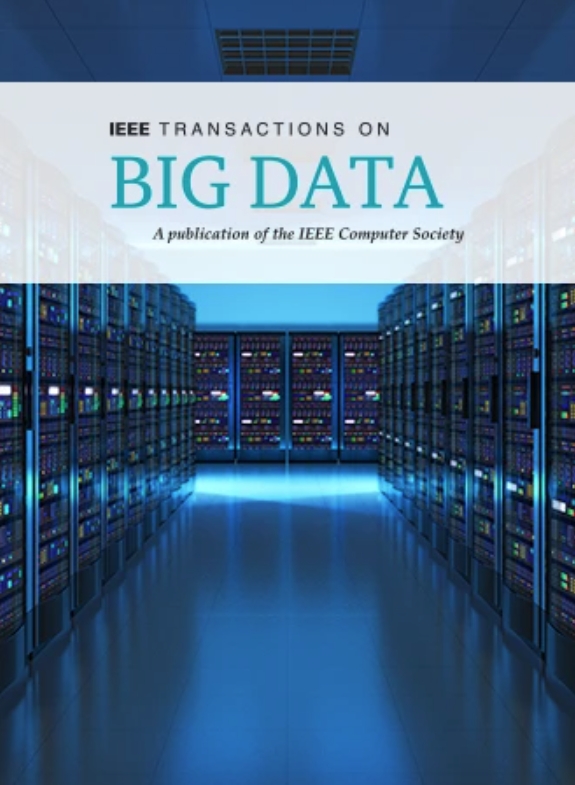An Efficient Multi-View Heterogeneous Hypergraph Convolutional Network for Heterogeneous Information Network Representation Learning
IF 7.5
3区 计算机科学
Q1 COMPUTER SCIENCE, INFORMATION SYSTEMS
引用次数: 0
Abstract
Heterogeneous hypergraph neural networks are powerful tools to capture complex correlations among various nodes in Heterogeneous Information Networks (HINs). Despite satisfied performances of them, they are still plagued by the following problems: 1) They cannot capture the correlations in structural and semantic view at once, leading to topological information loss. 2) Due to the number of nodes being greater than the number of node types, node-level self-attention they used causes massive parameters and leads to high time consumption. 3) Interactions in meta-paths may be redundant, resulting in the correlations bias. To address the three issues, we propose an efficient Multi-View Heterogeneous Hypergraph Convolutional Network (MVH面向异构信息网络表示学习的高效多视图异构超图卷积网络
异构超图神经网络是捕获异构信息网络中各节点间复杂关联的有力工具。尽管它们的性能令人满意,但仍然存在以下问题:1)它们不能同时捕获结构和语义视图的相关性,导致拓扑信息丢失。2)由于节点数量大于节点类型数量,使用节点级自关注导致参数量大,耗时高。3)元路径中的交互可能是冗余的,导致相关性偏差。为了解决这三个问题,我们提出了一个高效的多视图异构超图卷积网络(MVH $^{2}$ GCN)。首先分别基于不同类型的边和元路径构建关系超图和语义超图,以表示结构视图和语义视图中的复杂关联。同时,通过结构学习网络生成干净的语义超图,避免冗余。然后,设计了一个高效的超图卷积网络来学习节点嵌入。通过这样做,可以捕获两个视图中的相关性。最后,通过一个门控嵌入融合模块对从两个视图中学习到的节点嵌入进行聚合,用于下游任务。实验结果表明,MVH $^{2}$ GCN算法是有效的。
本文章由计算机程序翻译,如有差异,请以英文原文为准。
求助全文
约1分钟内获得全文
求助全文
来源期刊

IEEE Transactions on Big Data
Multiple-
CiteScore
11.80
自引率
2.80%
发文量
114
期刊介绍:
The IEEE Transactions on Big Data publishes peer-reviewed articles focusing on big data. These articles present innovative research ideas and application results across disciplines, including novel theories, algorithms, and applications. Research areas cover a wide range, such as big data analytics, visualization, curation, management, semantics, infrastructure, standards, performance analysis, intelligence extraction, scientific discovery, security, privacy, and legal issues specific to big data. The journal also prioritizes applications of big data in fields generating massive datasets.
 求助内容:
求助内容: 应助结果提醒方式:
应助结果提醒方式:


